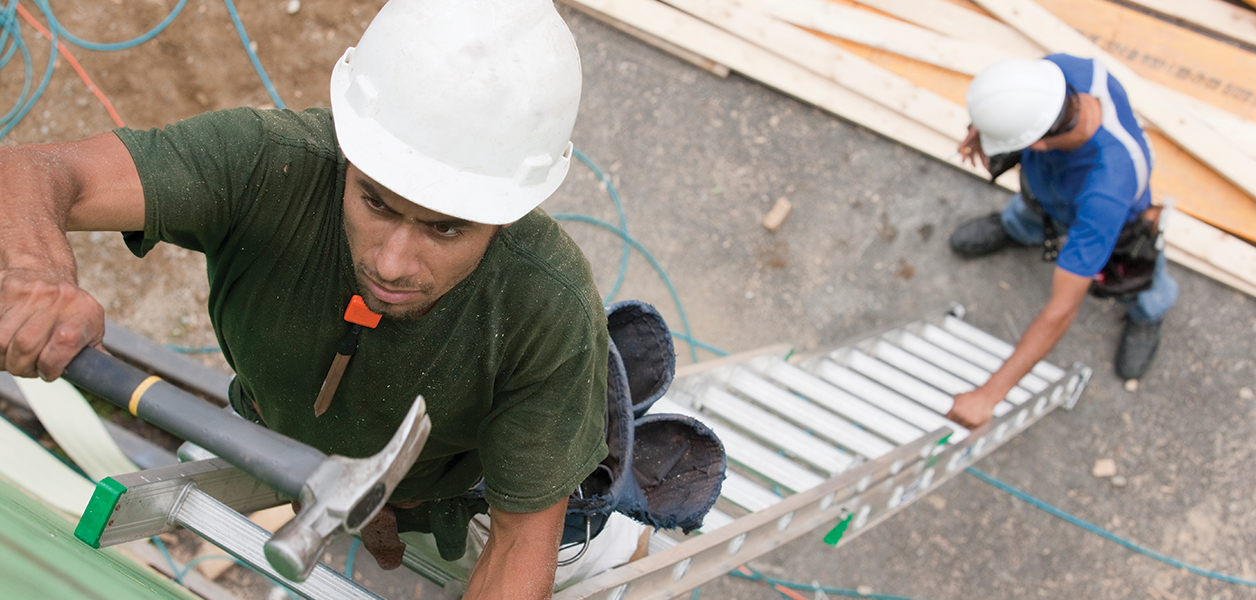On Dec. 15, 2020, the Bureau of Labor Statistics released its annual National Census of Fatal Occupational Injuries report for 2019, which showed the private construction industry had 1,061 fatal injuries for the year—up 5% from 2018 and the sector’s highest number of worker deaths since 2007, according to www.constructiondive.com.
The 2019 rate of injuries per 100,000 workers in the private construction industry was 9.7, up 2.1% from 9.5 in 2018. On-the-job fatalities for all industries totaled 5,333, representing a fatal injury rate of 3.5 per 100,000 workers.
Within the public and private architecture, engineering and construction industry in 2019, architects and engineering occupations had 43 fatal injuries, and construction trade workers had 809 fatal injuries. Roofing workers had a fatal injury rate of 54 per 100,000 workers; construction trade helpers had a rate of 40; and structural iron and steel workers had a rate of 26.3.
The leading cause of deaths for all industries was transportation-related, which totaled 2,122. Falls, slips and trips killed 880 workers, and 732 workers were killed after making contact with objects or equipment. Exposure to harmful substances or environments killed 642. BLS did not provide the number of fall-related incidents for construction, historically the leading cause of job-site accidental deaths.
Causes of death and the number of workers killed in the private construction industry included exposure to harmful substances or environments, including electricity and extreme temperatures (167); contact with objects and equipment, including struck-by and caught-in/between incidents (146); roadway incidents involving a motorized land vehicle (142); roadway collisions with an object other than a vehicle (34); noncollision roadway incidents (25); fires and explosions (7); collisions between a rail vehicle and another vehicle (7); and water vehicle incidents (5).
“This is a disappointing report and makes apparent that more work must be done in our industry to not only protect our employees from job-site hazards but also improve the total human health of the construction workforce,” said Greg Sizemore, vice president of health, safety, environment and workforce development at Associated Builders and Contractors.





